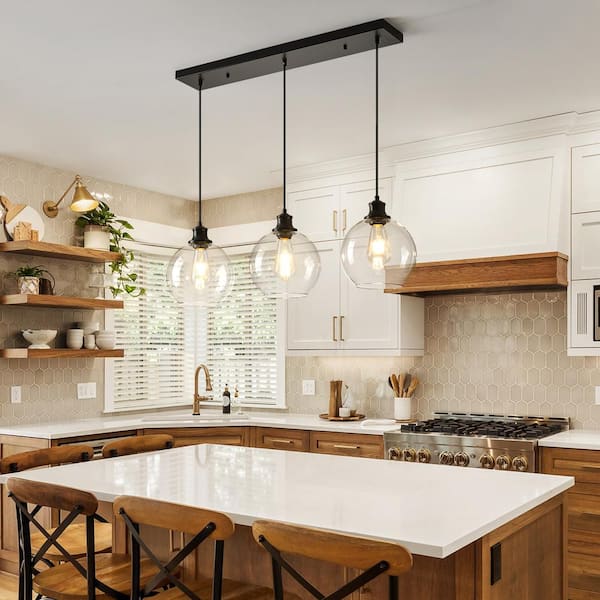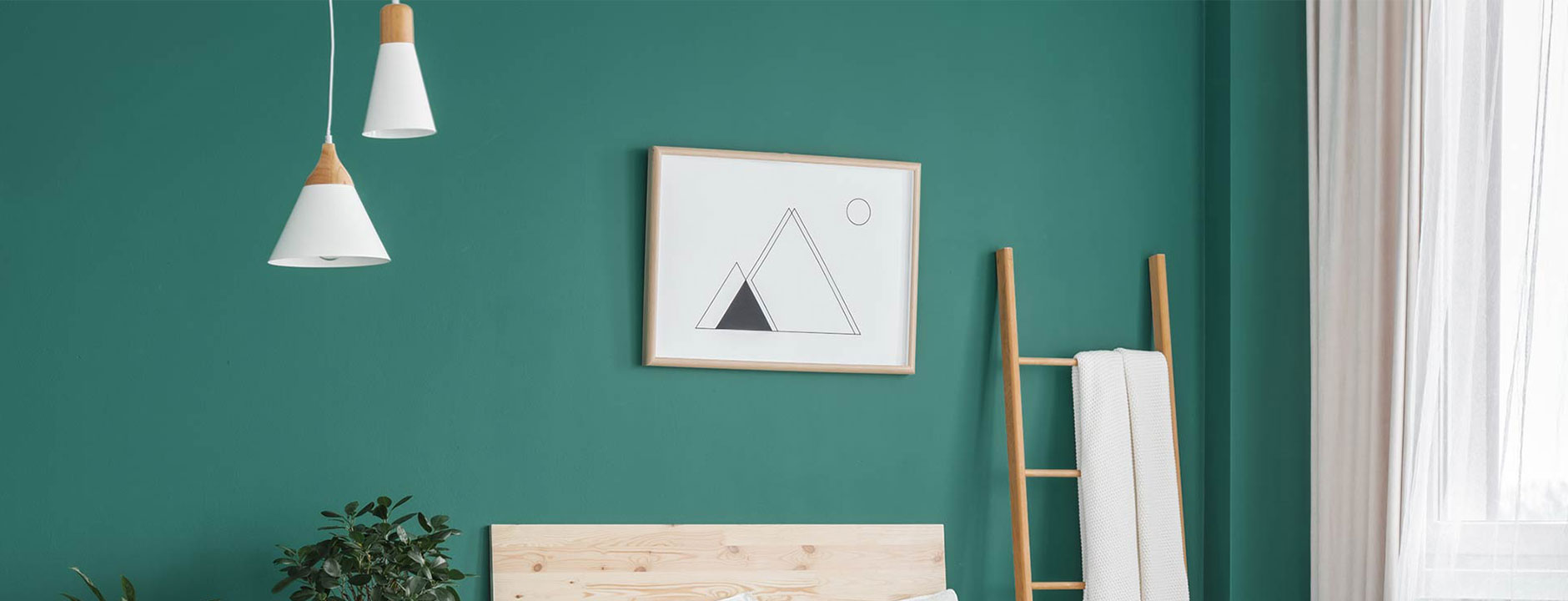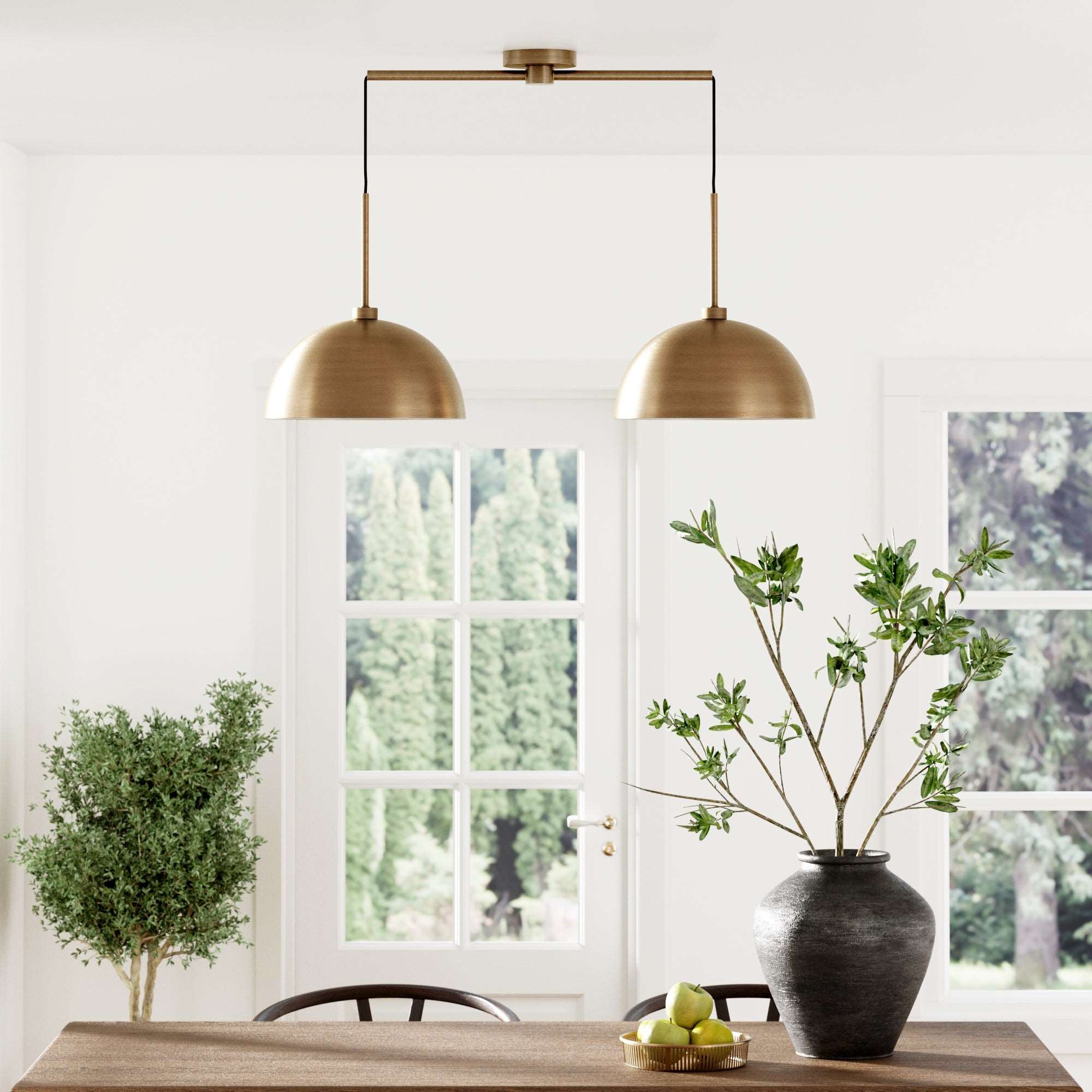A Comprehensive Guide to Setting Up and Keeping Your Necklace Light
Keeping a necklace and installing light requires careful preparation and execution. Proper height measurements can improve both performance and layout. Vital tools and a clear setup procedure are critical for an effective configuration. Normal upkeep warranties durability and efficiency. Understanding these aspects can transform an area. Understanding where to begin could seem daunting. What actions should one prioritize to attain the best results?
Understanding Necklace Light Styles
While several homeowners look for to improve their spaces with necklace lights, understanding the various styles available is necessary for making an enlightened selection. Necklace lights can be found in a multitude of designs, each offering unique aesthetic and functional benefits. Typical pendant lights often feature classic shapes and products, such as glass or metal, giving an ageless charm. Contemporary styles, on the other hand, might include bold shades and cutting-edge materials to create striking centerpieces.
Industrial-style necklaces often use basic materials like subjected light bulbs and rustic finishes, suitable for lofts and contemporary settings. For a much more whimsical touch, vintage-inspired alternatives evoke nostalgia with elaborate information and retro surfaces. Furthermore, minimalist layouts concentrate on simpleness and clean lines, interesting those who favor downplayed beauty. Understanding these varied styles allows home owners to choose pendant lights that not just matches their decor yet likewise serves their practical illumination requires effectively.
Measuring the Suitable Height for Your Pendant Light
How does one establish the perfect height for a pendant light? To accomplish the most effective functionality and aesthetic appeal, numerous factors need to be thought about. Normally, a pendant light ought to hang 30 to 36 inches over a table to guarantee sufficient illumination without obstructing sights. In areas with high ceilings, the component may be placed slightly greater to preserve symmetry.
For kitchen islands, an elevation of 28 to 34 inches over the countertop is usually recommended, enabling for adequate light protection while keeping an inviting atmosphere. In living areas, the necklace should be hung at a height that enhances the surrounding decor and does not create a hazard for people strolling below it.
Eventually, individual preference and room dimensions play considerable functions in identifying the ideal elevation. Evaluating different elevations before last setup may help achieve the preferred result and functionality.
Tools and Products Needed for Installment
Effective setup of pendant lights requires a certain collection of materials and tools to assure a smooth procedure. Vital tools consist of a screwdriver, wire stripper, and a drill, which promote safe and secure component accessory and appropriate electrical wiring. A voltage tester is important for confirming safety and security by making certain that power is off before beginning any kind of electrical work.
Along with devices, specific products are needed for setup. These consist of the pendant light fixture itself, electrical wiring, cord nuts for protected connections, and placing hardware. A ceiling hook might additionally be needed, relying on the fixture's design.
For added security and benefit, a ladder will certainly aid in reaching high ceilings, while a level ensures that the light hangs equally. Preparing these products and tools in advance enhances the installment procedure, making it more efficient and effective. Correct preparation is vital to accomplishing a successful necklace light installment.
Step-by-Step Setup Refine
With the needed tools and materials gathered, the installation procedure for necklace lights can start. The power supply should be transformed off at the circuit breaker to guarantee safety. Next, the placing brace requires to be connected to the electrical box in the ceiling. After protecting it, the electrical expert's tape must be used to cover any kind of subjected cables.
Complying with that, the necklace light's cords are linked to the equivalent cords in the ceiling: black to black (or red), white to white, and eco-friendly or copper for ground. When the connections are made, they should be protected with wire nuts.
The pendant light can after that be affixed to the mounting brace, making sure it hangs at the wanted height. Ultimately, the light bulb is inserted, and the power is turned back on at the breaker, enabling the new necklace light to light up the room.
Keeping and Cleansing Your Necklace Light
What steps should be required to assure the longevity and aesthetic appeal of necklace lights? Normal upkeep and cleaning are vital in protecting their charm and functionality. Dirt and dust can gather on pendant lights, diminishing their luster. To cleanse, a soft, lint-free towel or microfiber towel ought to be made use of, in addition to a mild cleaner ideal for the surface area material - Pendant Light. For glass or crystal necklaces, a glass cleaner can boost clarity without touches
It is advisable to shut off the light and allow it to cool prior to cleansing. Additionally, examining the component for loose bulbs or links periodically assures safety and security and height efficiency. If applicable, transforming bulbs regularly stops stress on electrical parts. Keeping a safe atmosphere by preventing direct exposure to wetness can significantly expand the life of pendant illumination. Complying with these actions will maintain necklace lights looking their ideal while operating properly.
Repairing Common Pendant Light Issues
When pendant lights malfunction, a number of common problems may arise, consisting of flickering light bulbs, incorrect installment, and voltage changes. Determining the root reason is important for effective repairing and guaranteeing peak efficiency. Resolving these troubles quickly can boost the longevity and performance of pendant lighting components.
Flickering Light Bulbs
Flickering light bulbs can be a source of stress for house owners, commonly signaling underlying electric issues or straightforward upkeep needs. This sensation might originate from loosened light bulb connections, where the light bulb is not firmly fitted right into the socket, creating intermittent get in touch with (Pendant Light). In addition, defective or aging light bulbs might flicker as they near the end of their life-span. One more common cause is irregular voltage, which can arise from problems within the electric system or overloading circuits. Property owners ought to likewise examine for harmed wiring, as this can result in flickering and position security hazards. Regular assessments and prompt substitutes are vital to assure correct capability and to keep a safe home environment. Recognizing the origin without delay can prevent additional issues

Wrong Installment Concerns
Inappropriate installment of necklace lights can bring about a variety of concerns that may look like those triggered by flickering bulbs. Typical issues include loosened circuitry links, which can disrupt the circulation of electricity and lead to recurring lights. In addition, if the placing brace is not securely secured, the necklace may hang unevenly, producing an unpredictable component that can cause vibrations or noise. Incorrect bulb types or electrical power can likewise add to performance concerns, as inappropriate bulbs may not operate efficiently in the component. Ultimately, insufficient spacing from the ceiling can produce shadows or lower light circulation, decreasing the desired result of the pendant light. Identifying and addressing these installation errors is vital for accomplishing appropriate capability and aesthetic allure.
Voltage Change Troubles
Although pendant lights can boost an area's ambiance, voltage changes can lead to substantial performance issues. These fluctuations might trigger flickering lights, decreased brightness, and even early light bulb failure. To diagnose such issues, one should first examine the lighting fixture's compatibility with the voltage supply. Using a multimeter can aid determine voltage levels and identify irregularities. If voltage issues persist, it might be essential to evaluate the electrical system for loosened links or malfunctioning circuitry. In some cases, getting in touch with a certified electrical contractor is suggested to assure safety pop over to this web-site and compliance with neighborhood codes. Correctly dealing with voltage variations not just boosts the performance of pendant lights however likewise prolongs their life-span and boosts overall lighting high quality.
Enhancing Your Space With Pendant Light Placement
Effective pendant light positioning can significantly improve a space by adhering to optimal elevation standards, making sure the appropriate illumination degree. Layering these lights with other sources can create a balanced atmosphere, highlighting focal points within the space. Accomplishing a harmonious look needs mindful factor to consider of both the fixture's placement and its relationship with bordering components.
Optimum Elevation Standards
When pondering the suitable elevation for necklace lights, a general standard recommends hanging them around 30 to 36 inches above a counter top or table surface. This height permits for maximum illumination while making certain that the light does not obstruct views or develop threats. In eating locations, pendant lights should be placed to enhance the eating experience, typically around 28 to 34 inches above the table. For cooking area islands, preserving uniformity throughout several pendants can create a cohesive appearance; spacing them uniformly and sticking to the recommended elevation improves functionality. It is essential to consider ceiling height too, as higher ceilings may call for modifications to keep symmetry and visual allure. Appropriate elevation placement substantially adds to the total atmosphere of a room.
Layering With Other Lights
As necklace lights are integrated right into a more comprehensive illumination layout, they can significantly boost the environment of a room. Their adaptability allows them to be layered with ambient, task, and accent lighting, developing a harmonious balance. For instance, combining pendant lights with recessed illumination can provide basic illumination while highlighting details areas. Job illumination, such as under-cabinet lights, can complement necklaces in kitchen areas, making certain functionality without compromising design. Accent lights, like wall surface sconces, can further enhance the setting, accentuating art work or building features. By tactically placing these light resources, property owners can attain deepness and dimension, transforming an ordinary area right into a beautifully lit up setting that accommodates different tasks and moods.
Centerpieces and Equilibrium

Tactically put pendant lights can act as captivating prime focus within an area, drawing the eye and boosting the overall visual. When selecting pendant lights, it is vital to consider their shade, form, and dimension to guarantee they match the existing décor. A strong, extra-large necklace can produce a striking centerpiece above a dining table, while smaller components might work much better in clusters to achieve a look at this website well balanced look. Furthermore, placing web necklace lights at varying heights can include depth and aesthetic rate of interest to the area. Maintaining balance with other elements, such as furnishings and wall surface shades, will make certain that the pendant lights improve the area without overwhelming it. Thoughtful positioning changes the atmosphere, developing a harmonious and welcoming ambience.
Regularly Asked Concerns
Can I Install a Necklace Light in a Recessed Ceiling?
The concern of whether a pendant light can be installed in a recessed ceiling often emerges. Typically, it is feasible with ideal installing equipment, ensuring appropriate assistance and electrical links for reliable and safe setup.
What Kind of Light Bulb Is Ideal for Pendant Lighting?
When selecting light bulbs for pendant lights, LED choices are usually liked as a result of their energy effectiveness and long life. Furthermore, the color temperature level must match the wanted atmosphere, with cozy white being a preferred choice for relaxing settings.
Are Necklace Lighting Safe for Outdoor Usage?

Exactly how Do I Select the Right Pendant Light Wattage?
Picking the appropriate necklace light power level involves evaluating the area's size, desired brightness, and fixture compatibility. Generally, lower power levels match ambient lighting, while greater electrical powers provide task illumination, making certain functionality and aesthetic charm.
Can I Utilize a Dimmer Change With My Pendant Light?
The question occurred whether a dimmer switch could be utilized with a necklace light. Usually, if the light component and bulb are compatible, a dimmer button can efficiently boost atmosphere and control illumination levels.
When pendant lights breakdown, several common problems might arise, consisting of flickering light bulbs, incorrect installment, and voltage changes. Inappropriate setup of necklace lights can lead to a variety of issues that might look like those triggered by flickering light bulbs. Insufficient spacing from the ceiling can produce shadows or decrease light circulation, reducing the intended impact of the necklace light. Efficient pendant light placement can substantially boost a room by sticking to perfect elevation guidelines, guaranteeing the appropriate lighting level. When selecting light bulbs for pendant lights, LED options are commonly preferred due to their power performance and longevity.